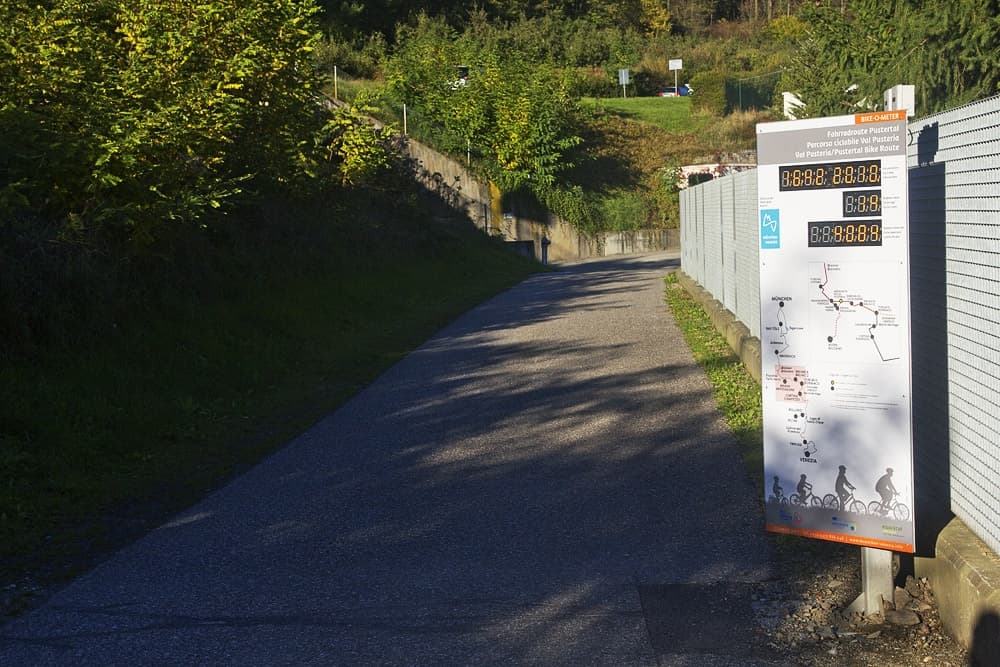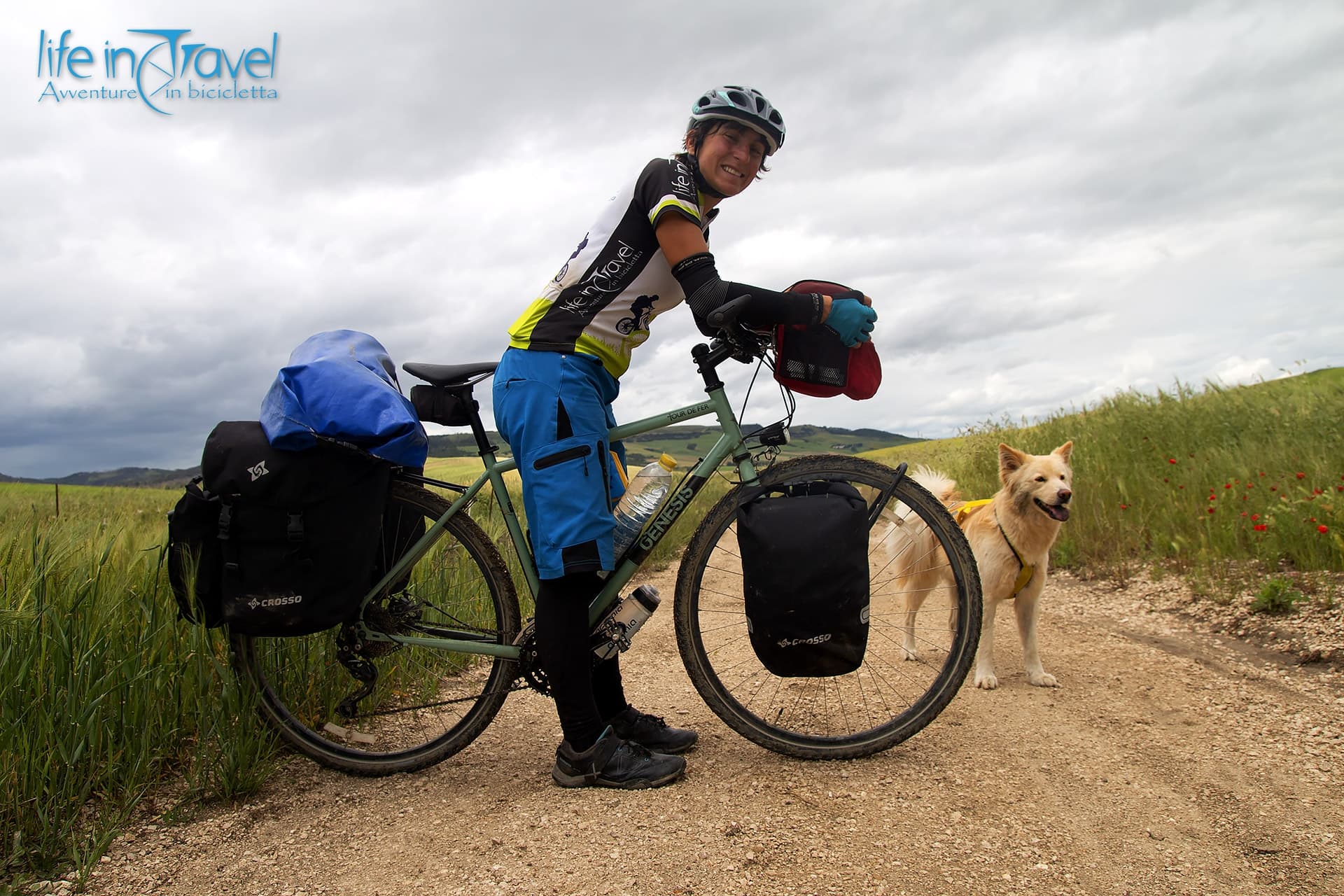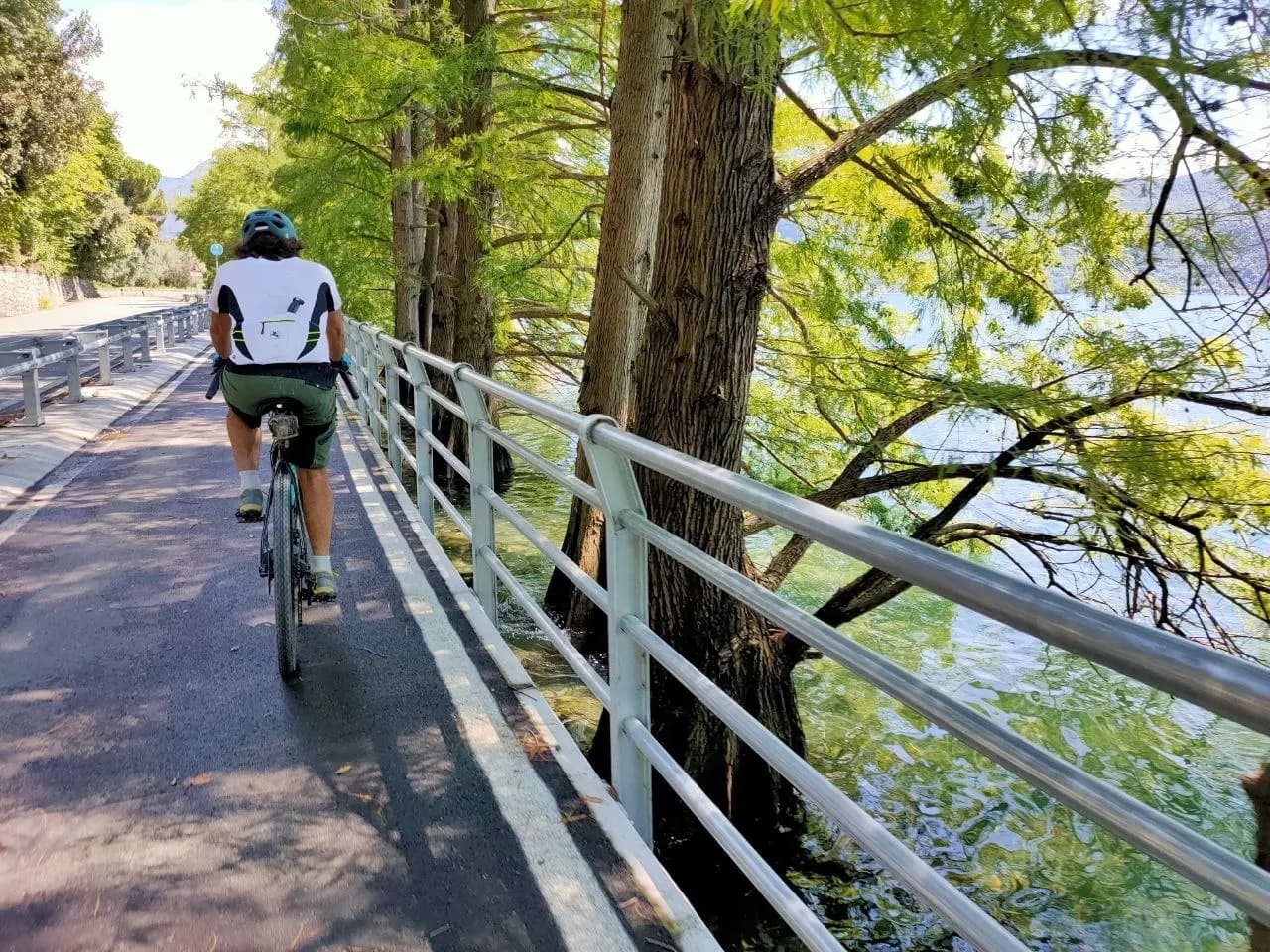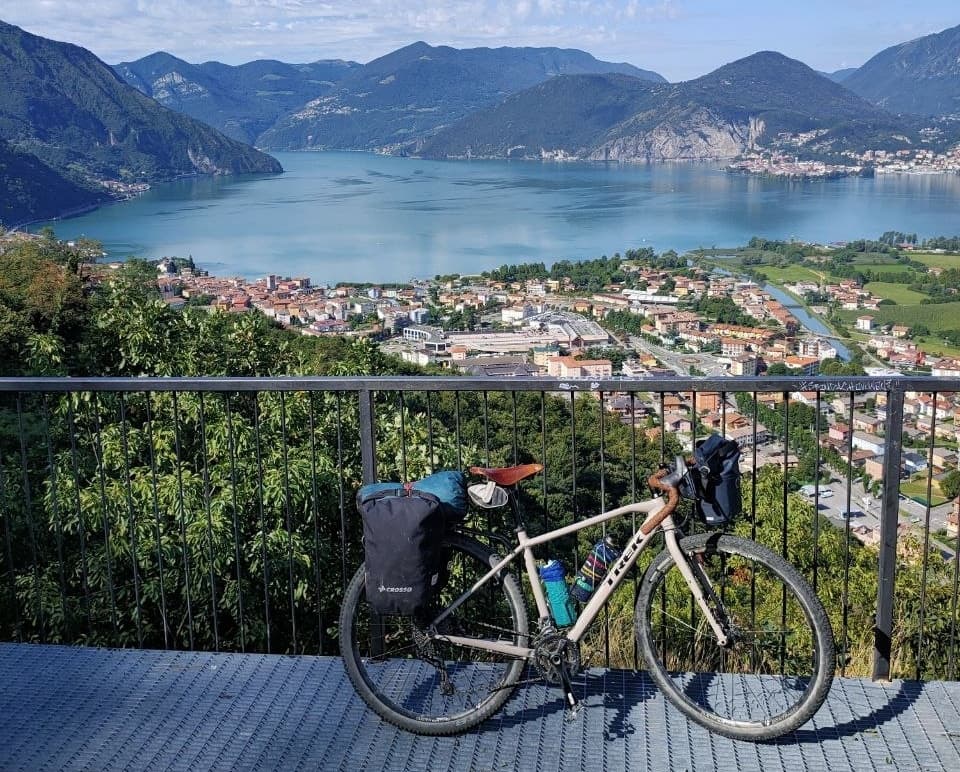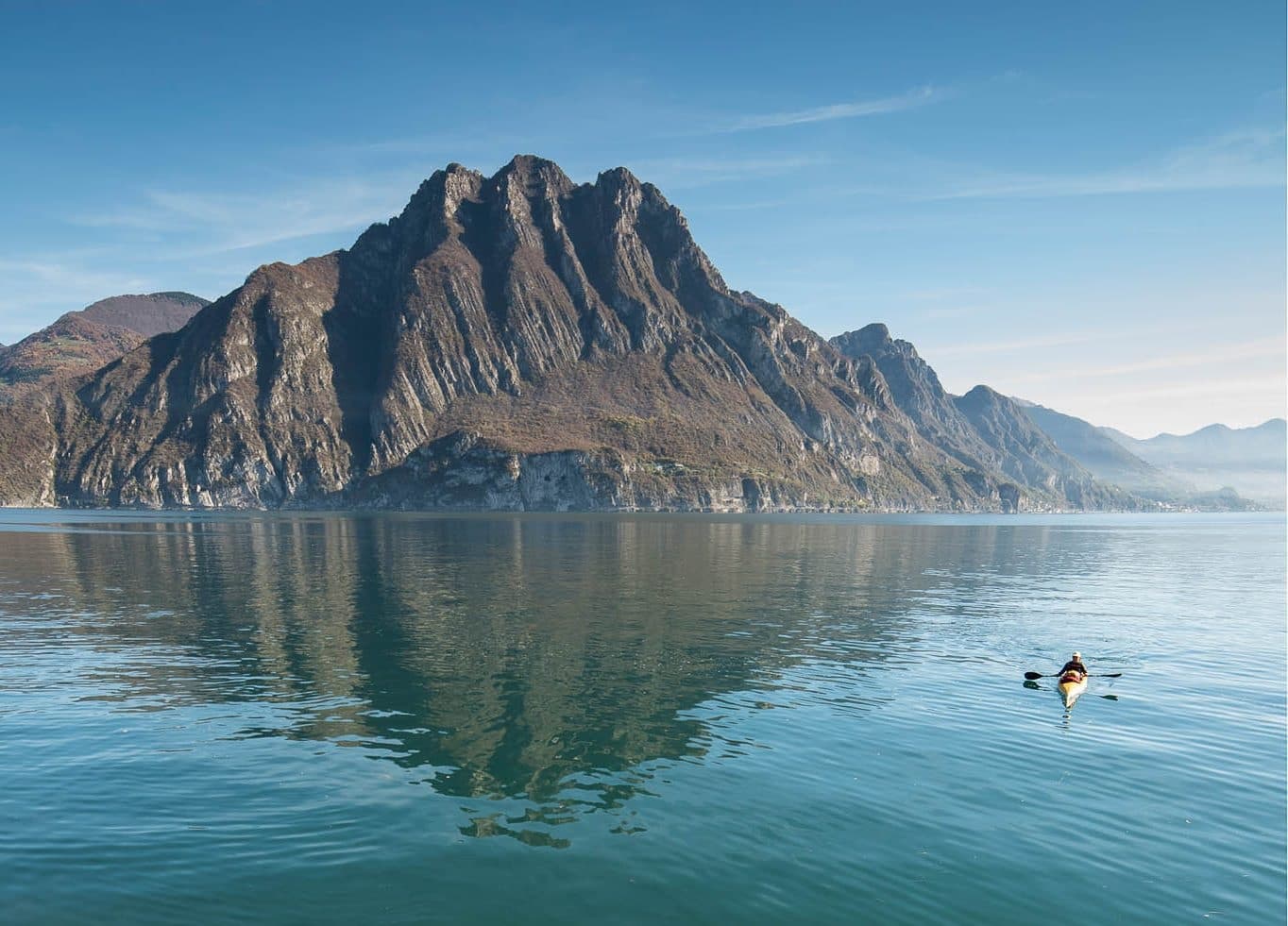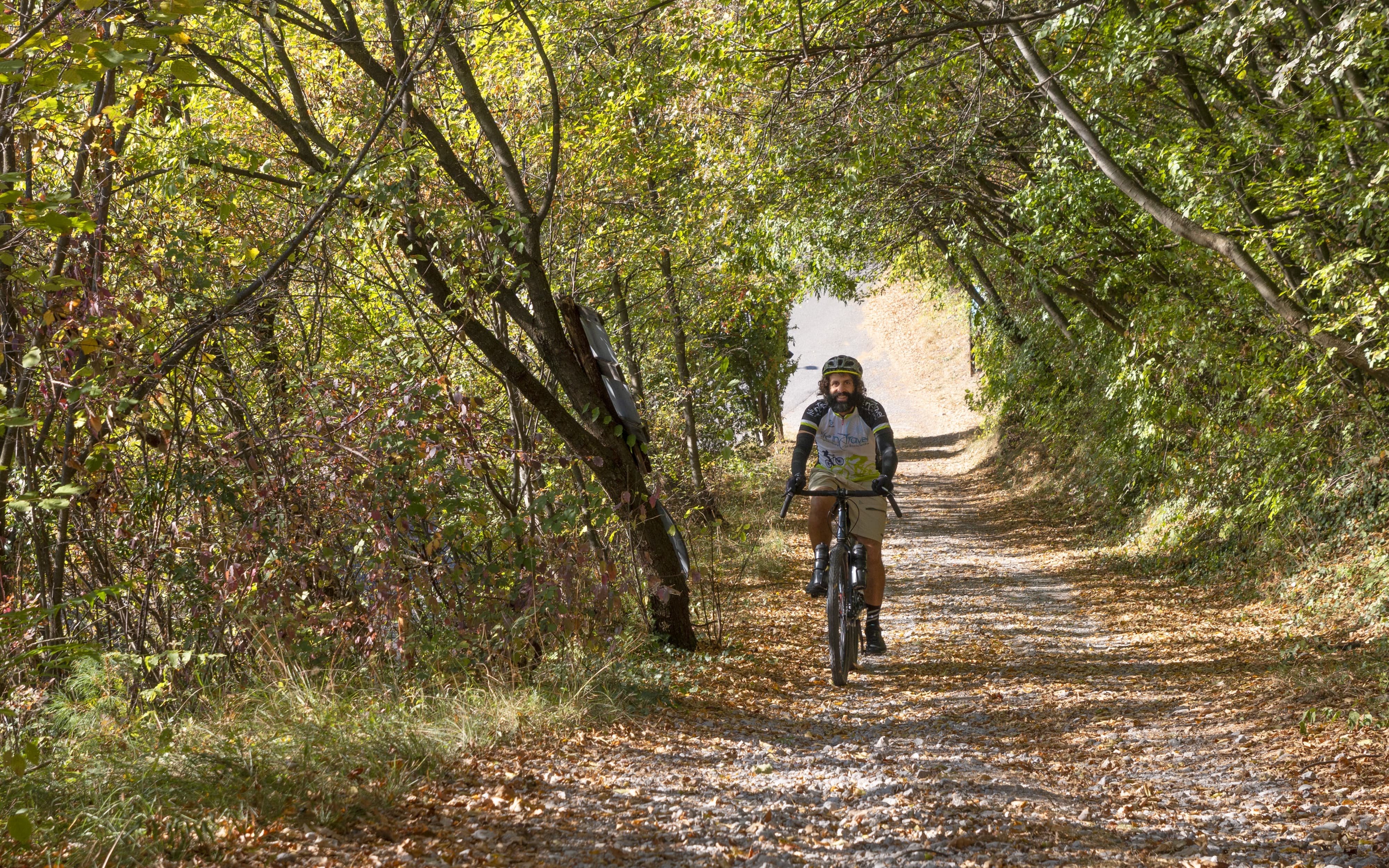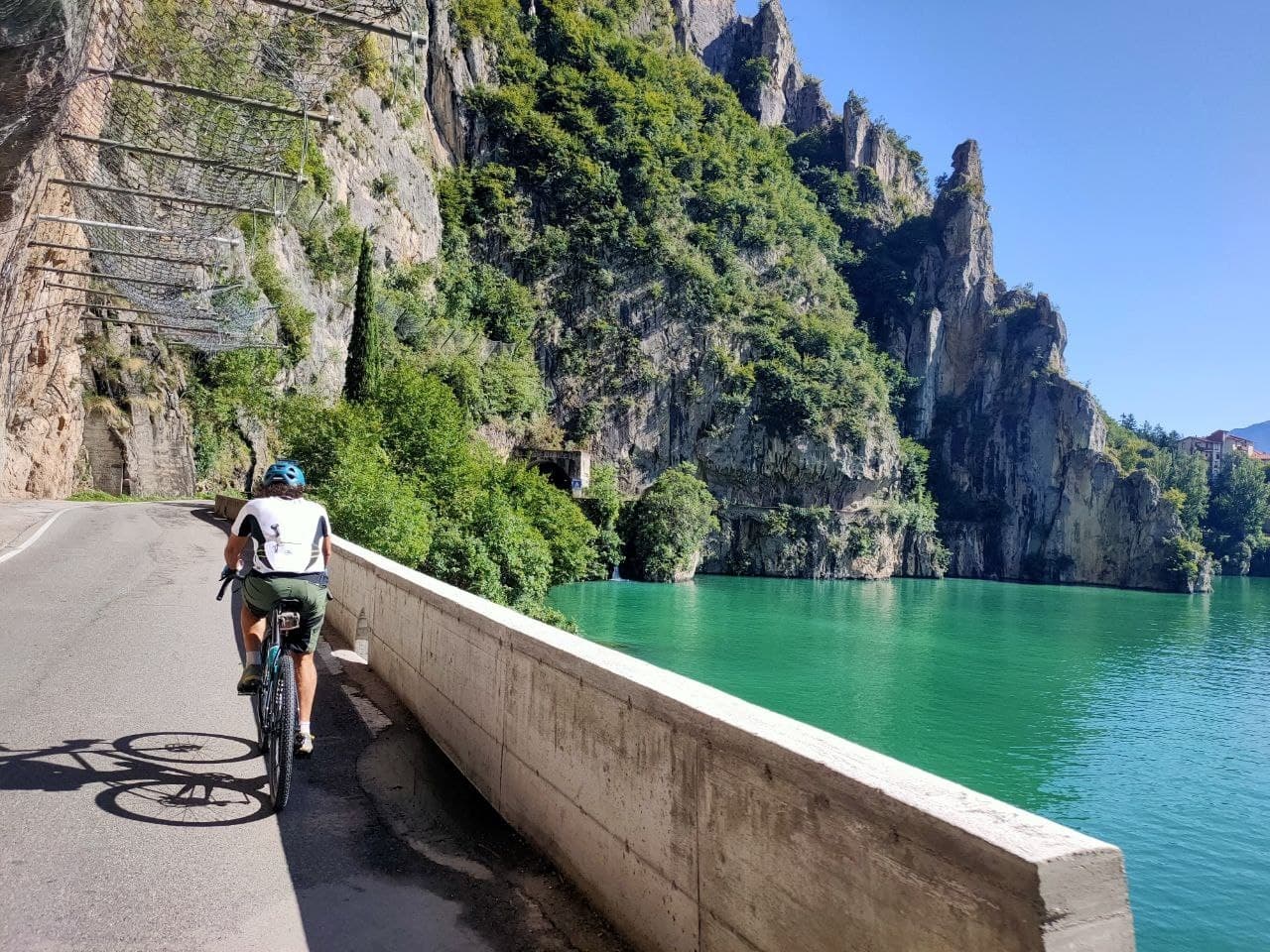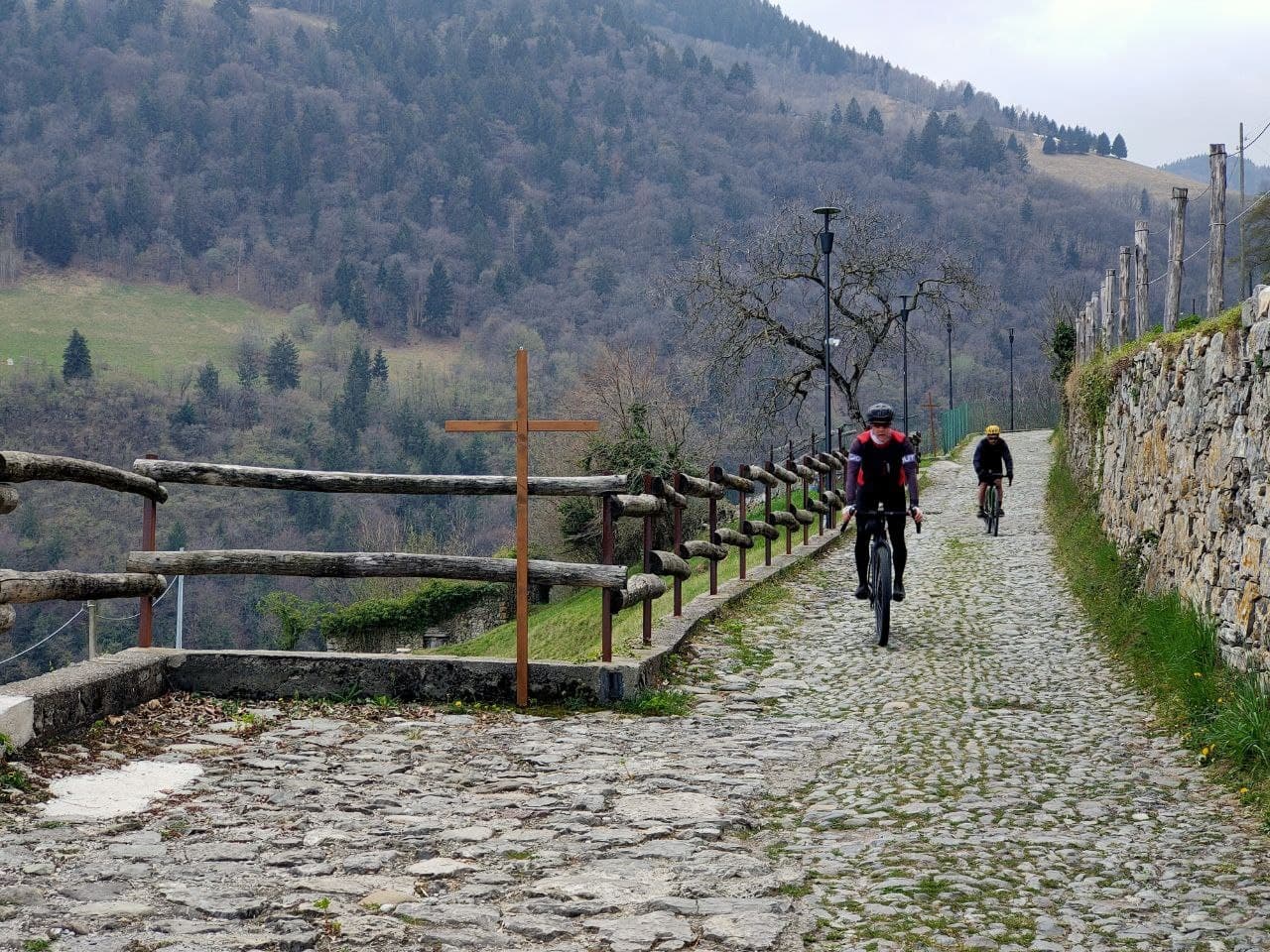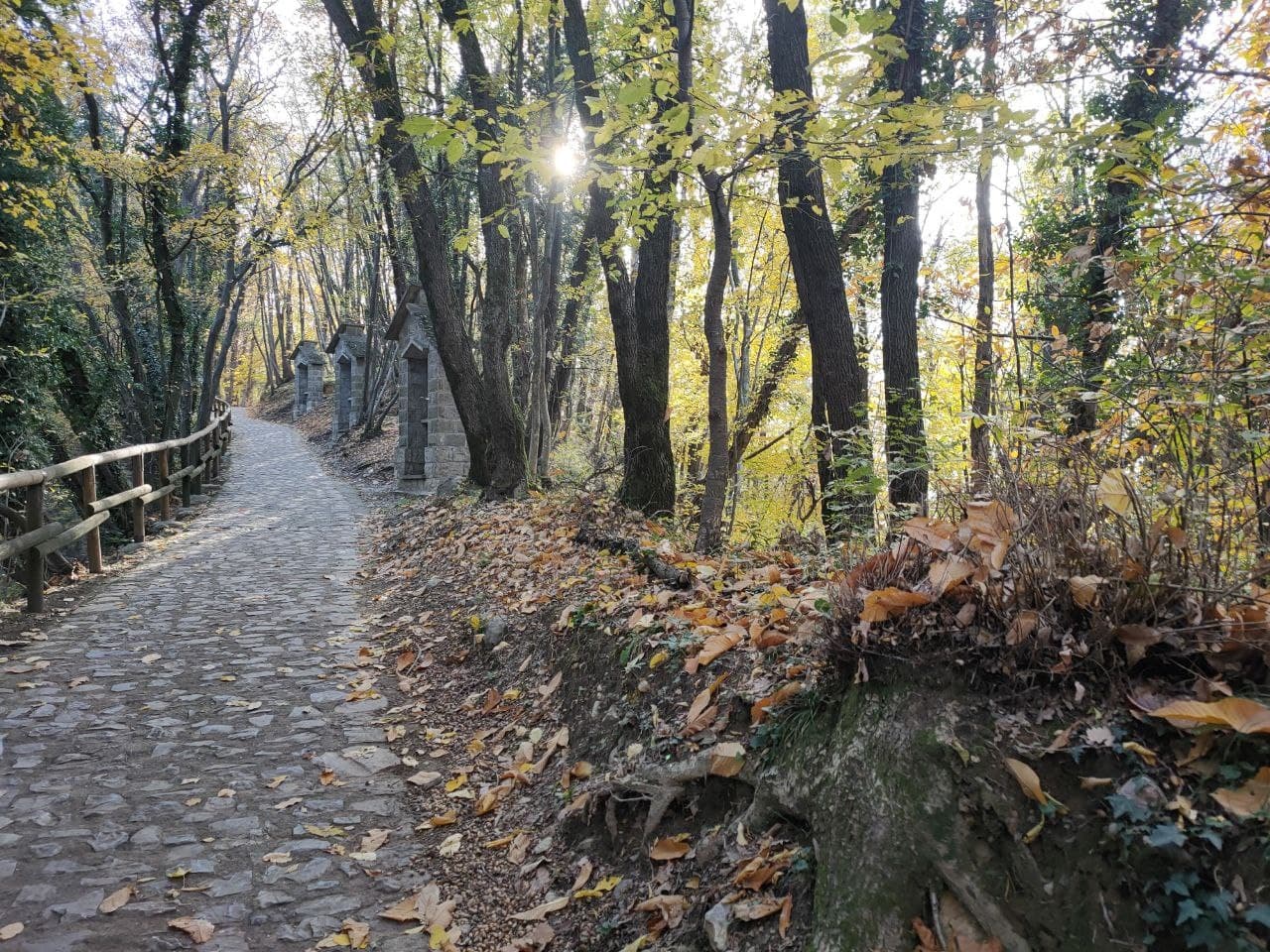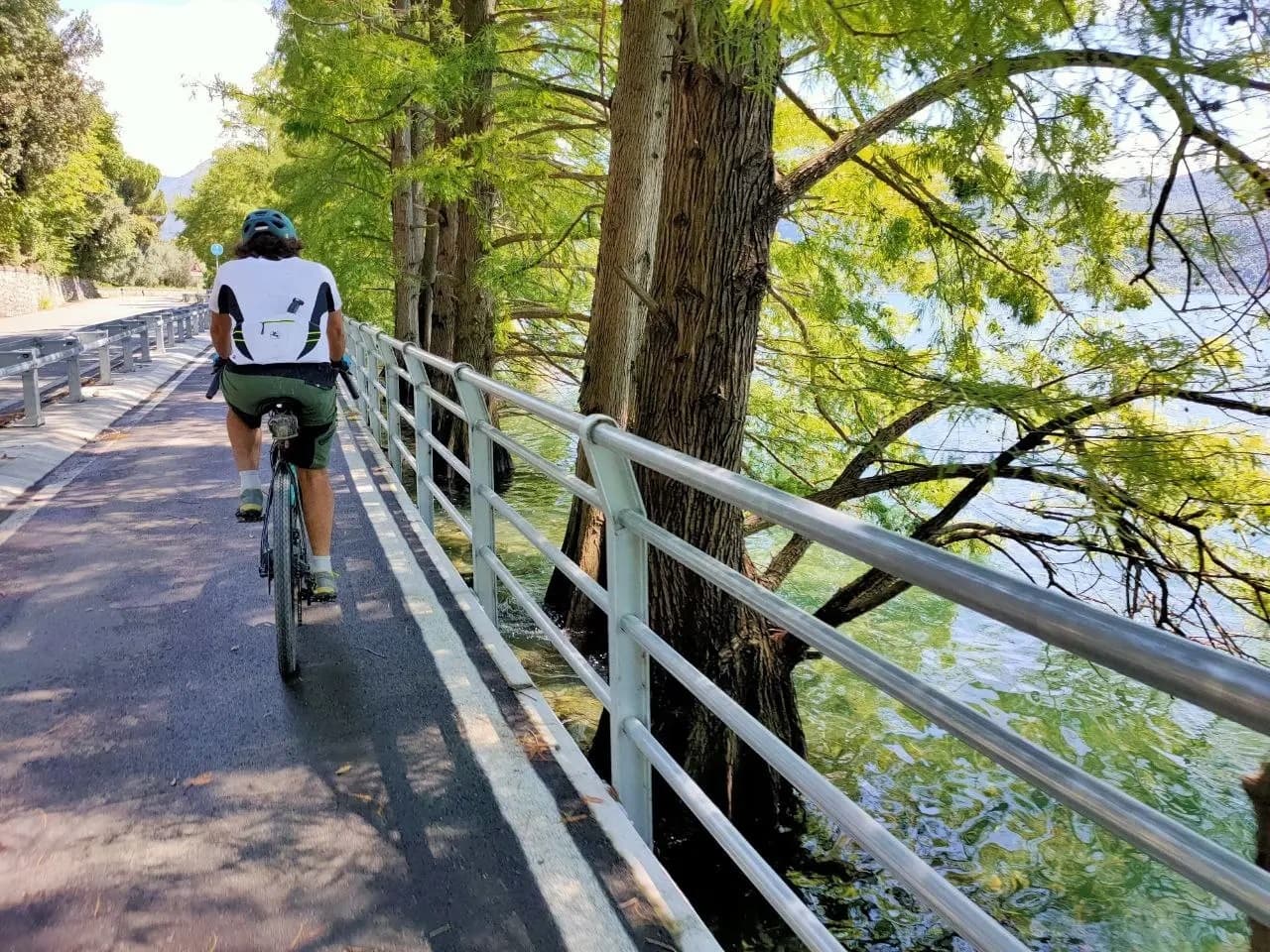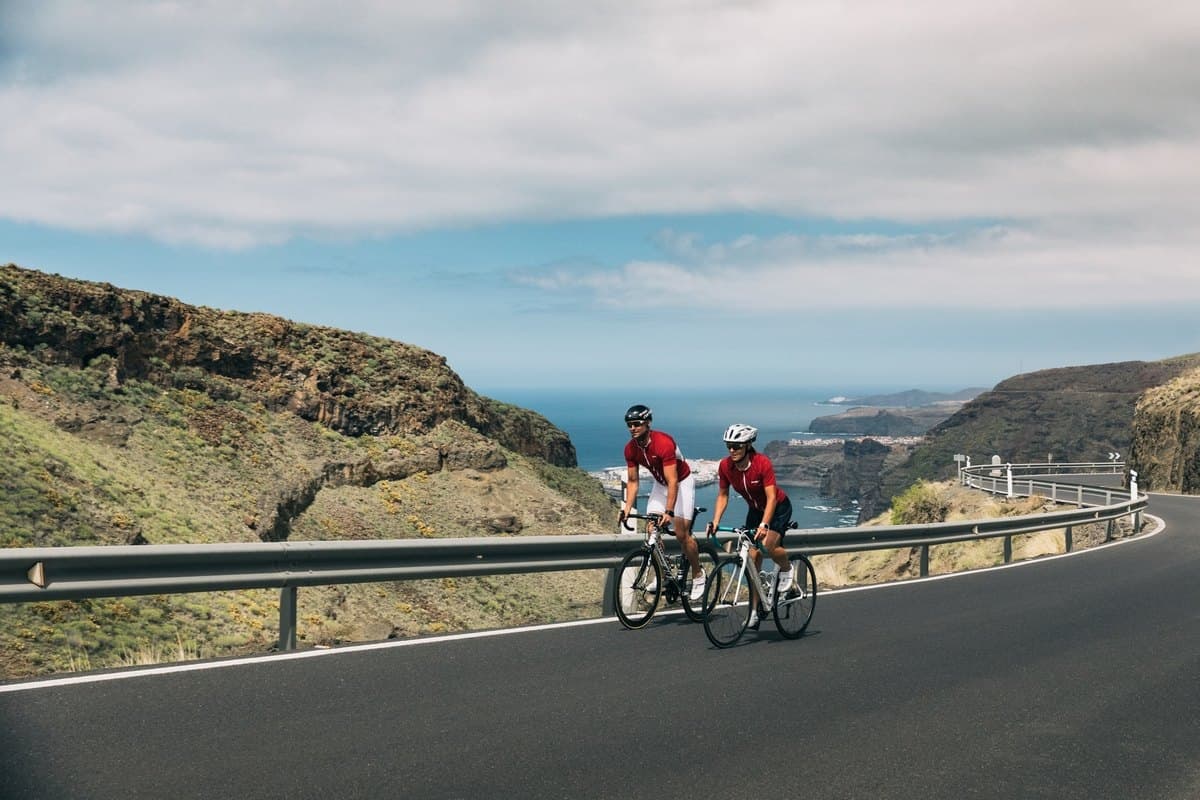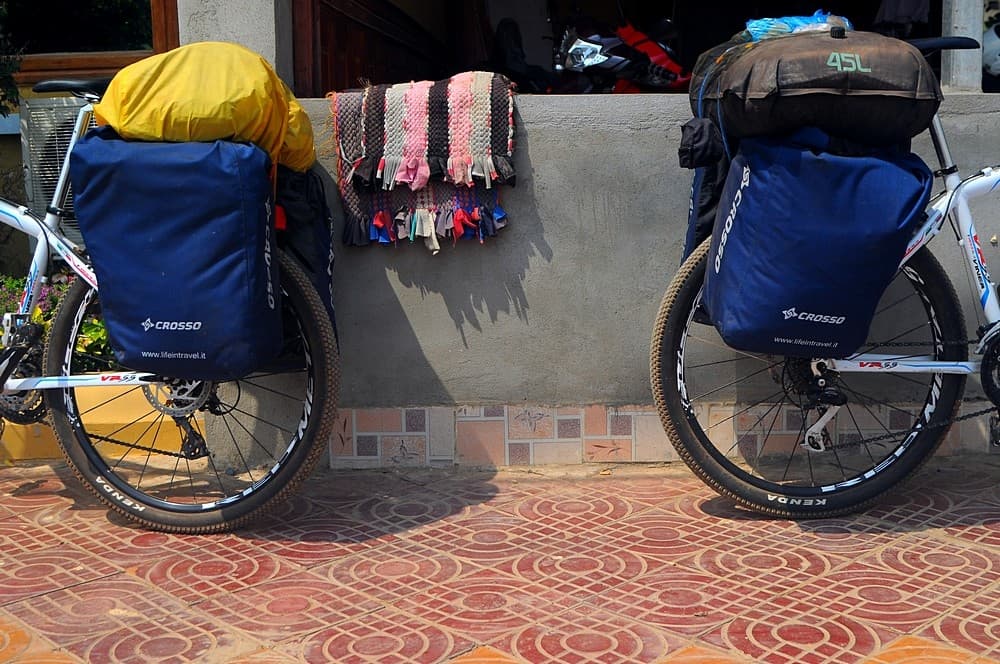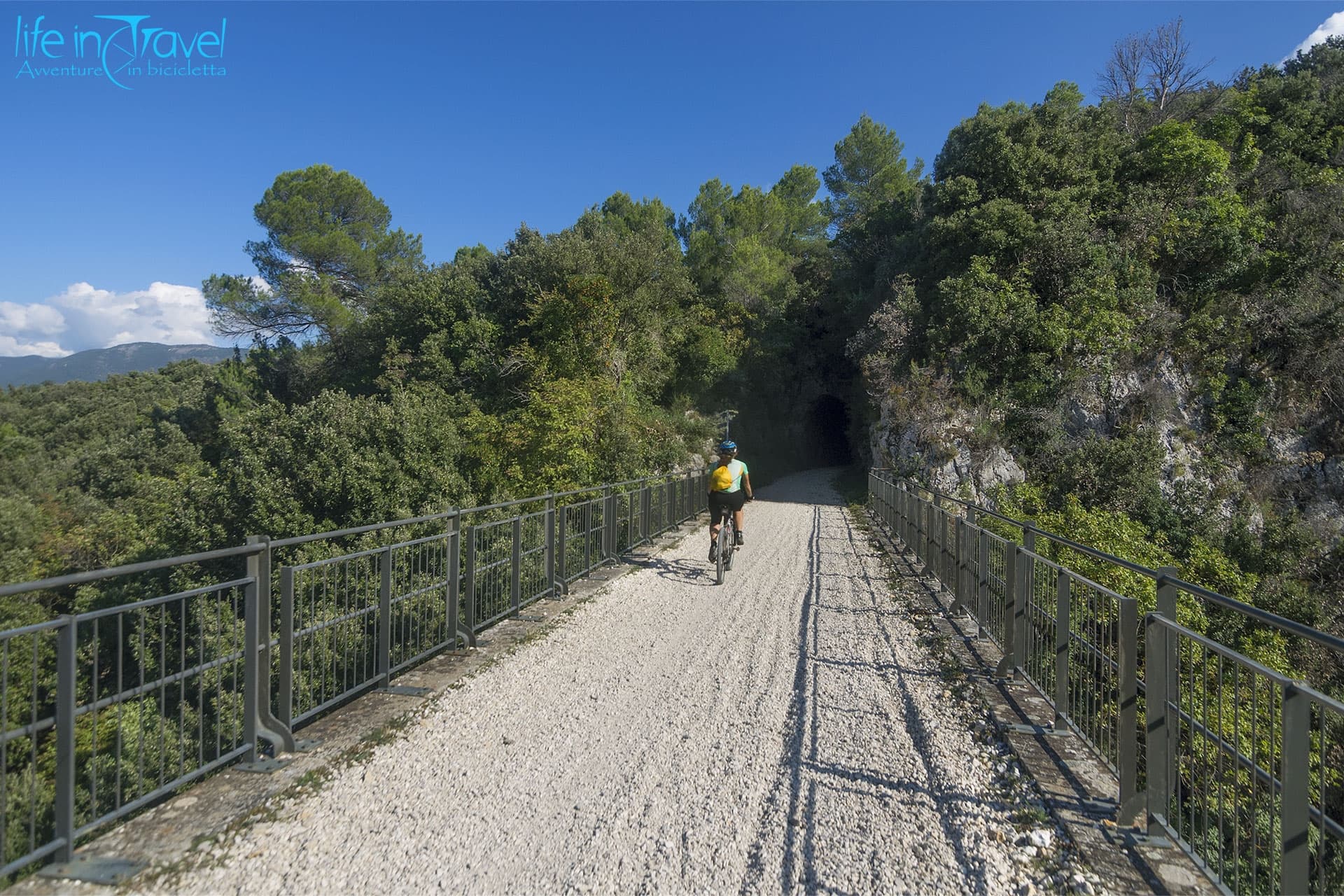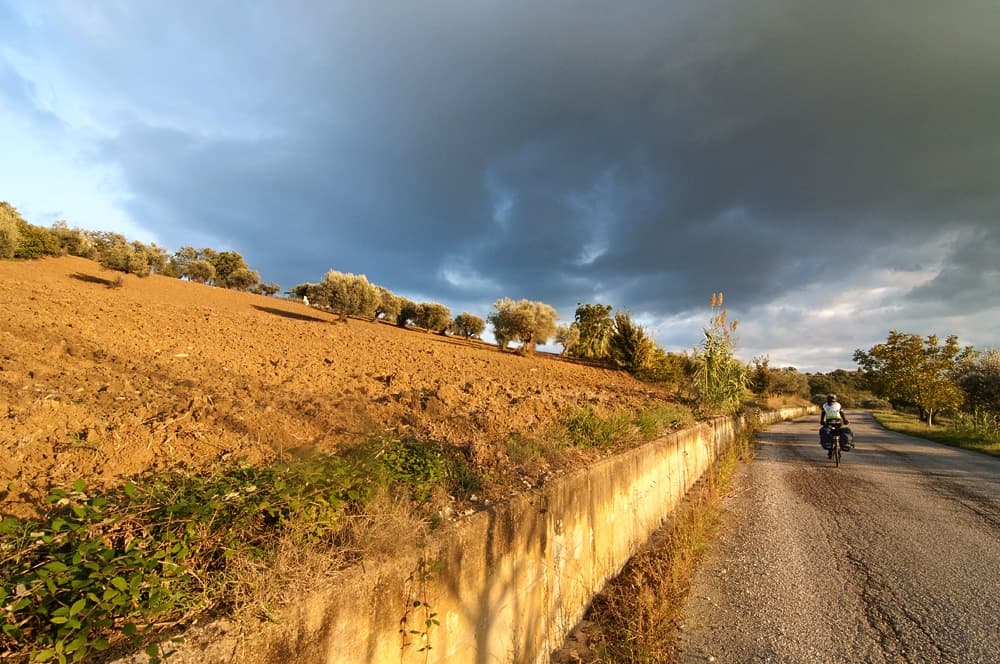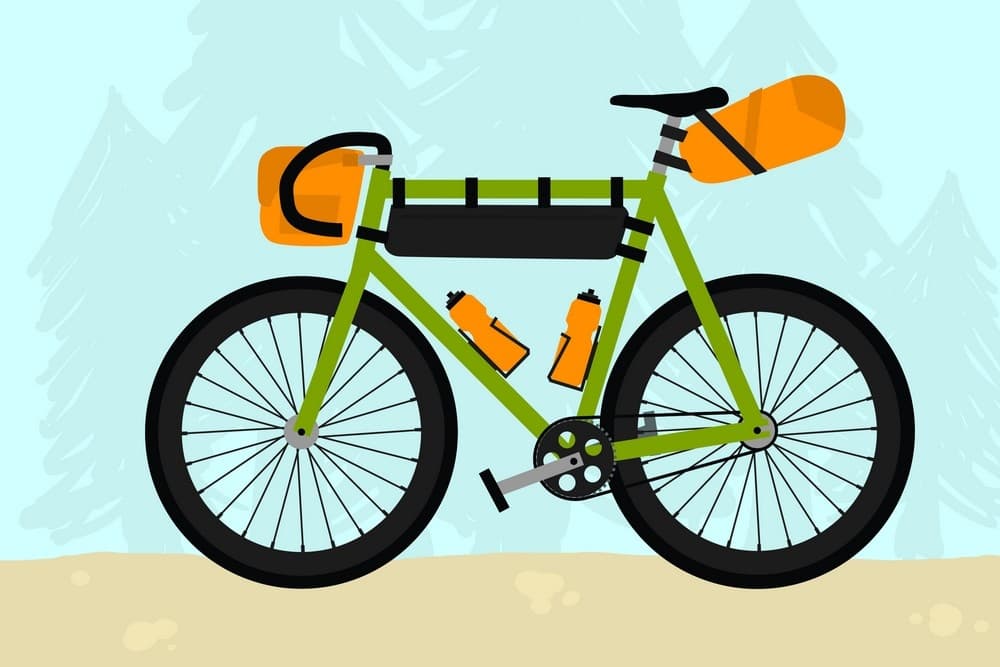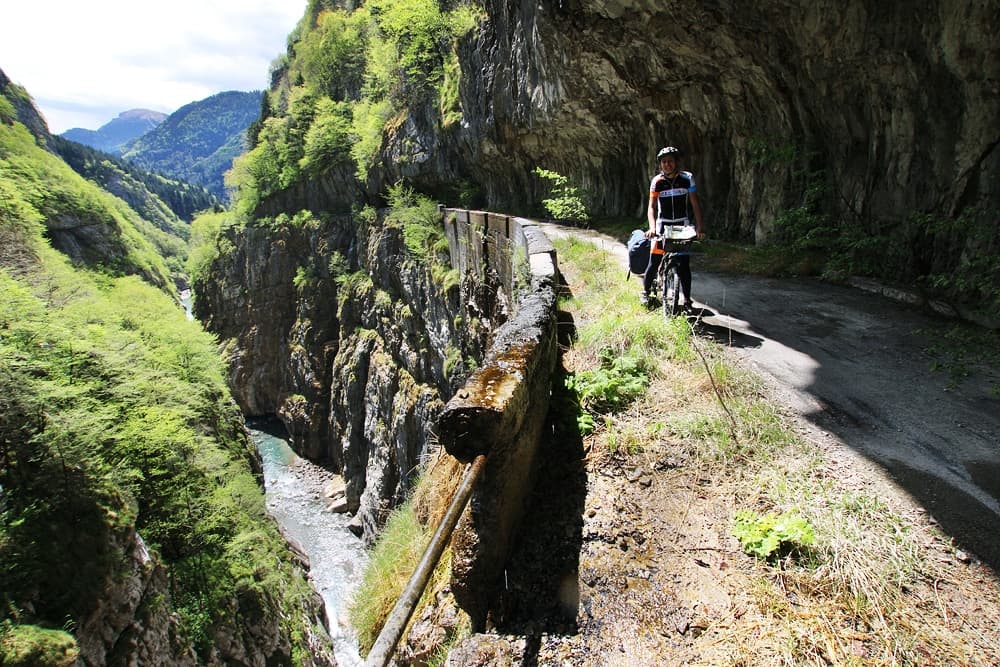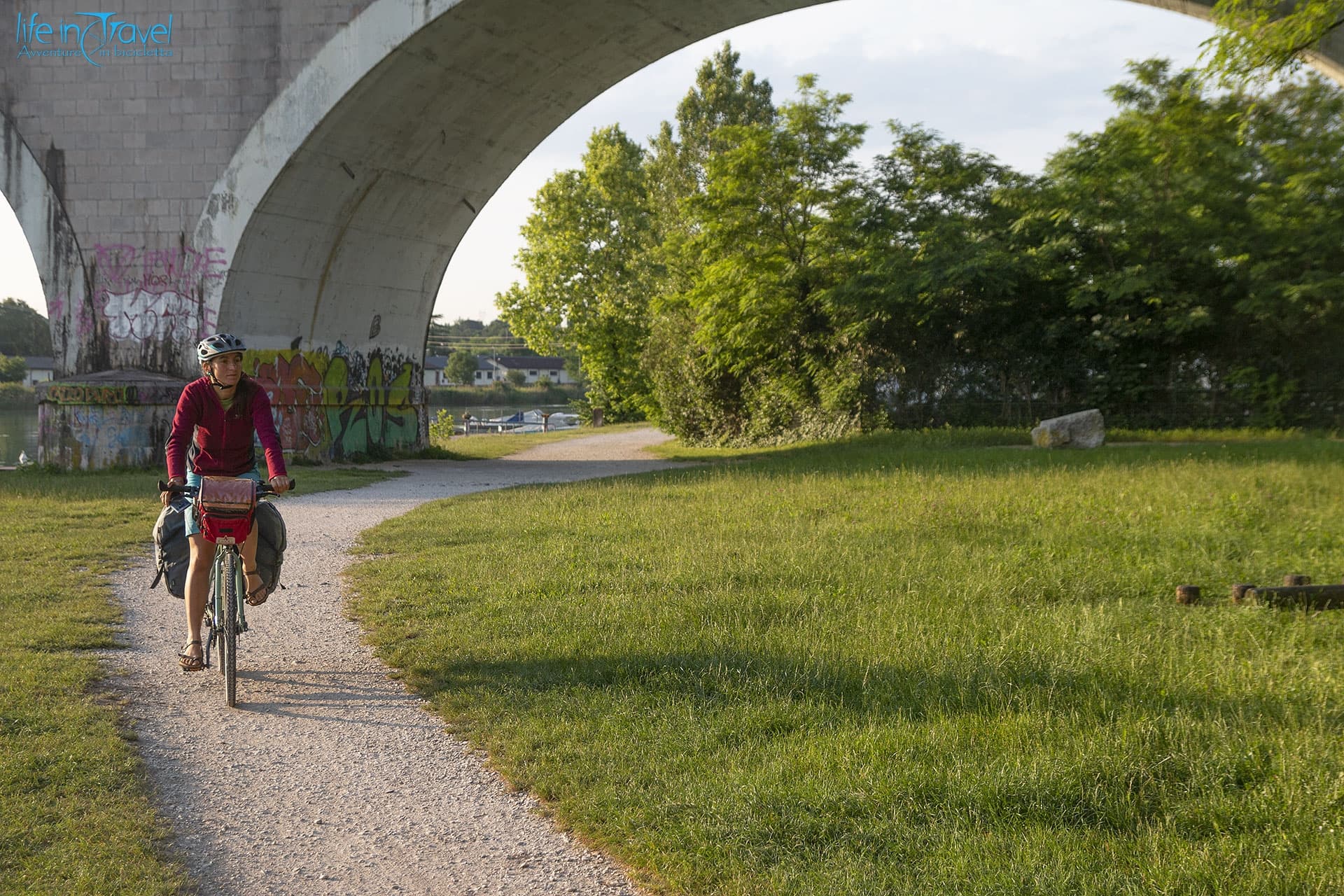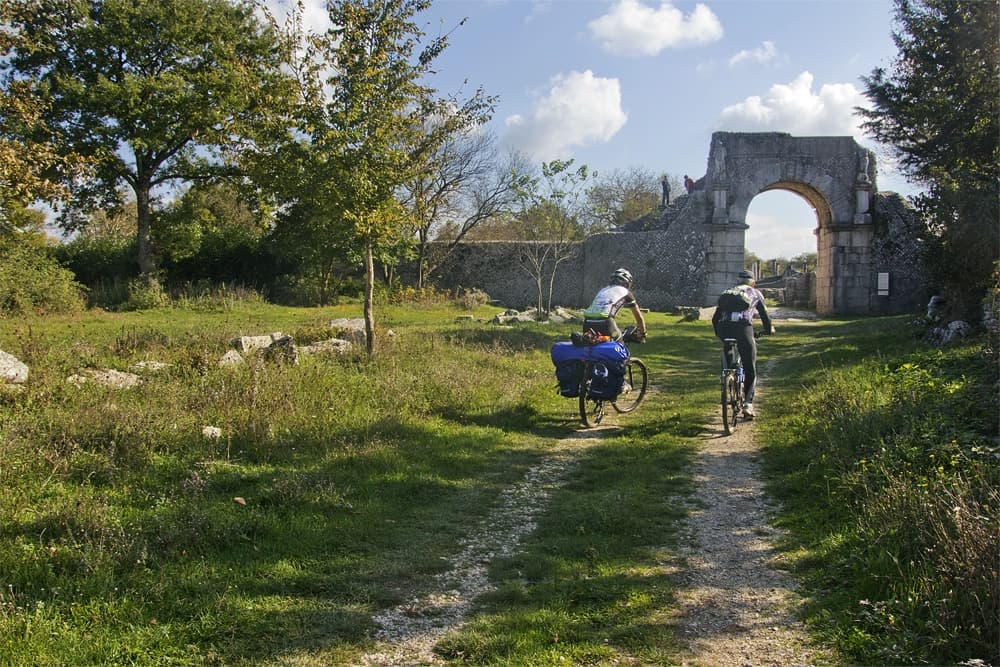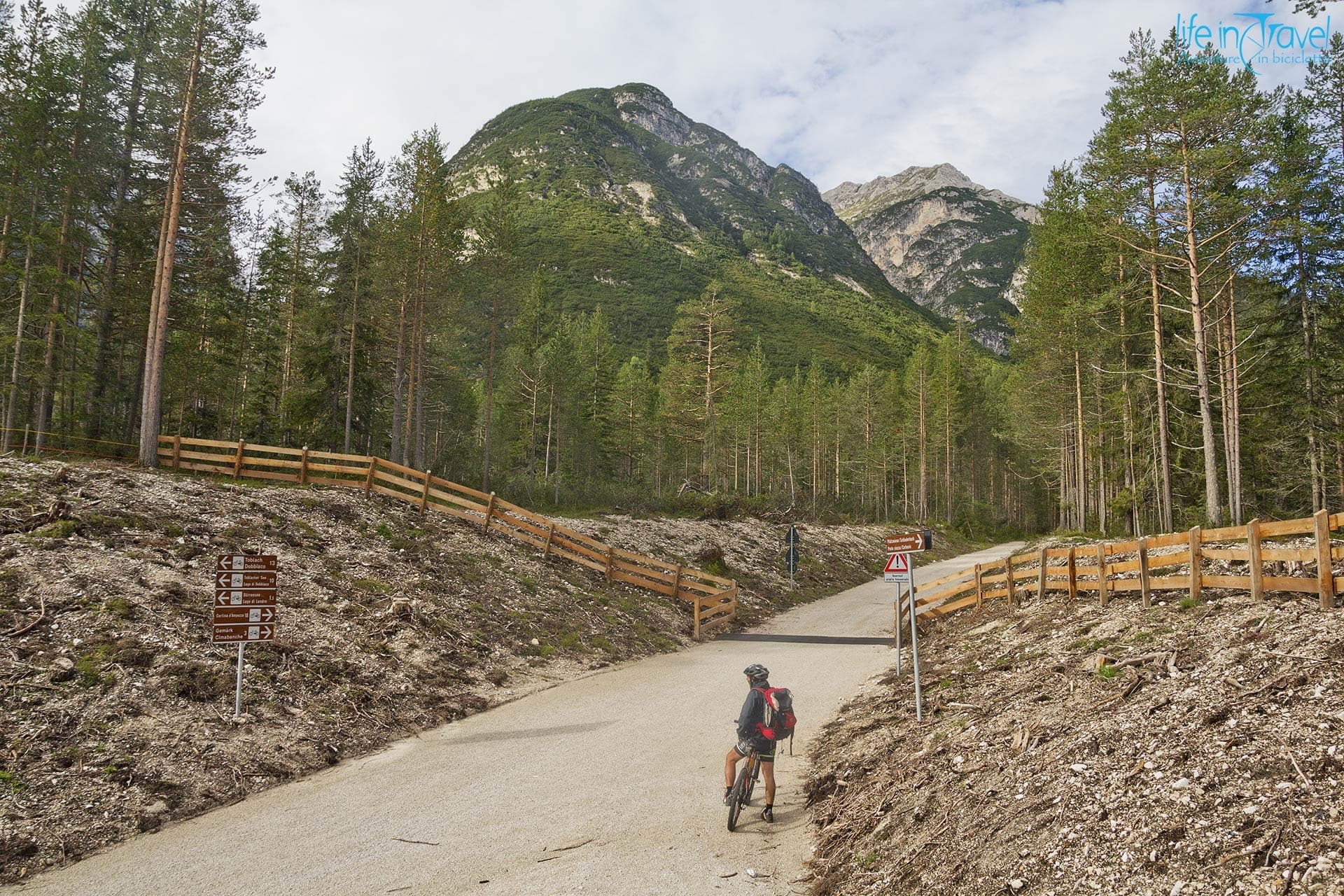In the north-eastern part of the Alps there is a cycling itinerary that connects one of the biggest German cities to the charming city on the lagoon. The Friendship Cycle Way, Munich to Venice bike route, travels through cycle paths already existing, secondary, low-traffic roads with the dream to see the whole trail turning into one single connection cycle trail between Germany and Italy.
In this article
The Munich - Venice bike route (also known as Friendship CycleWay) is a cycling itinerary developing on the territory of three nations: Germany, Austria and Italy. Starting from Munich in Bavaria you cycle southward crossing many sites of cultural, historic and naturalistic interest till you get, after many days of travel, to one of the most beautiful cities in the world, Venice.
Munich in Bavaria
Skimmed by the river Isar, Munich is the third city in Germany by number of inhabitants. The capital city of Bavaria attracts every year thousands of travelers during the Oktoberfest dedicated to beer, but also in other seasons you never get bored in Munich. Among the most representative city monuments we have surely to mention the Church of Our Lady (Frauenkirche) that stands out vain against the historical center. In Marienplatz then you’ll notice immediately the new town hall in Neo-Gothic style and its civic tower with the Clock with music box, the Rathaus-Glockenspiel. The Residenz, the palace residence of the governors of Bavaria safeguards within some unmissable artistic treasures, not to mention the Nymphenburg Castle... Munich is dotted with churches, palaces and historical pubs. Before leaving for your trip by bicycle to Venice, devote a couple of days to the visit of the city because it’s really worth it.
The red trail from Munich
The Friendship Cycle Way starts its itinerary from Munich and then heads to the south, towards Austria. From the big city of Bavaria there are two possible routes, to choose according to the preferences and comfort of every cycling traveler. The first option travels along an eastern road that leaves Munich after flanking the river Isar. Once crossed Deisenhofen you continue to Sauerlach and then Otterfing.

Foto Bici a Monaco di Baviera da Shutterstock
In Holzkirchen, 16,000 inhabitants, you can have a break thinking that this place was born in the XIII century and, after the years of the divided Germany had the merit of hosting on its own territory Radio Free Europe, a radio station that transmitted news of the west in the east part of the country. By bicycle you definitely head south towards the river Mangfall, tributary of the Inn, only 58 km long.
The water course is reached a little bit north of the lake Tegern (Tegernsee). This German basin houses on its banks an ancient Benedictine abbey dating to many centuries ago (they say VIII century as period of first building): from the Friendship Cycle Way (here corresponds to the Via Bavarica Tyrolensis) passing on the western bank of the lake you can spot it and take a picture of it rather easily, if instead you want to come closer I advise you to follow the eastern shore of the lake till Rottach- Egern where you’ll reconnect to the trail or, alternatively, go down to the resort along the cycle way and then go up again the stretch of eastern shore till the abbey, nowadays known as Tegernsee Castle. You distance quickly from the lake finding yourself along the Weissach that you follow for many kilometers, till you meet the river Walchen and the second alternative trail from Munich.
The blue trail from Munich
The second alternative trail of Munich - Venice bicycle route corresponds to the one just described till the area of Grosshesselohe where, instead of distancing from the Isar, you continue to follow it to the south. This itinerary corresponds to the Via Bavarica Tyrolensis and you cannot get wrong! You leave the Isar close to Mühltal continuing along its canal among woods and characteristic villages.
In this stretch there are some tableboards with information about the trail of the Munich - Venice and the Via Bavarica Tyrolensis. When in Puppling you start pedaling again on the Isar flanking immediately after the center of Farchet where there is a bike shop in case of need. You cycle at an altitude more or less constant of 600 meters cutting the luxuriant Bavaria to the south. In Abberg we find again our mentor Isar we have left shortly before, after a while we get to Bad Tölz, the well-known thermal resort.

Foto Strada del mercato di Bad Tölz da Shutterstock
If you want to relax a bit you can consider the idea of finishing your first stage right in town. The heart of Bad Tölz is in Marktstraße, a lively, colored street where to stop to drink a coffee or stroll among the shops and the pastel color facades. The Isar continues to be a firm reference point while cycling to the south and Lenngreis.
The Munich - Venice continues to follow the traces of the Via Bavarica Tyrolensis among dirt stretches and kilometers on the asphalt, remaining anyway always out of the traffic. To the left of the trail the mountains almost touches 1,400 meters and are rich in streams going towards the Isar.
The cycle way goes up, one cannot deny it, touches 800 meters close to the artificial lake Sylvenstein, but the show is amazing. The most evocative stretch is when you cross the water to reach Fall and then start again to flank the shimmering lake waters. A rather steep stretch awaits us on the opposite lake shore: you’ll touch 860 meters before going down. Cycling to the east you meet the river Walchen and, a bit further, on the border with Austria, the red trail coming from Munich.
Tyrol by bicycle
Achenwald lies 3 km after the border on the banks of the river Walchen and right in town the trail starts to climb decisively till reaching 920 meters of altitude. A few kilometers more and you go back to 870 meters in view of the river but the altitude will change again quickly constantly going up till the 930 meters of lake Achen, the fiord of the Alps. Water temperature never exceeds 22°C and its shimmering waters can conquer cycling travelers who, especially in summer, would like to dive in immediately.

Foto Lago di Achen da Shutterstock
You flank the lake on the eastern side following what is called Bike Trail Tirol reaching in a short time Buchau and Rofangarten. You can decide to sleep on the lake maybe camping, or continuing to the river Inn and the cycle path just 6 km from the Achensee. After a short climb you go down to the water course at 540 meters of altitude close to Jenbach.
In this resort in Tyrol you can still get onboard of one of the oldest steam gear in the world, the Achenseebahn. After Jenbach you spot the Tratzberg Castle of the Renaissance period while in the town of Schwaz, an important center for extraction of silver during the Middle Ages, you can visit the museum of people, the Freundsberg Castle and the mine which, in old times, housed more than 11000 miners.
If you have time to devote to a an unscheduled detour I advise you to get to Stans to visite the evocative Wolfsklamm Gorge. You cycle in the lowland along the river Inn and its nice trail for bicycles almost effortlessly. In Wattens, you can have a stop at the headquarters of Swarovski, or continue till the Mint Tower of Hall in Tirol, a characteristic building which is easily noticed.
4 km after the resort, just before going into the fascinating Innsbruck, you leave the Inn cycle way crossing the river and starting to climb to Ampass, Lans, Hennenboden and Patsch almost touching 1060 m (Blue Trail). The red trail continues instead along the Inn entering in Innsbruck, crossing the center and reaching the river Sill. Exiting the city you start to go up to Vill and then Patsch where you reconnect to the blue trail.

5 things to do in Innsbruck
- A bicycle ride downtown till the Golden Roof (made up of 2657 shingles), the Cathedral of St. James and Helblinghaus.
- Visit one of the 20 museums of Innsbruck, from the Swarovski museum to that of Tyrol or the bell museum.
- A giant slice of Sackertorte in one of many cafes downtown or a dish of Kaiserschmarrn, with currant jam
- A day trip to the Ambras Castle designed by Italian architect Giovanni Battista Guarienti.
- A dish of canederli... to restart light! (in Austria canederli made with liver are particularly common, if you don’t like the genre pay attention when you order!)

The Isarco valley
Wrapped by the high Tyrol peaks (well above 2000 meters of altitude) you cycle following the course of the Sill towards Italy and the Brennero Pass. You pass through many villages and get, climbing gently, to the Italian border. From the mountains above the famous pass, the Isarco is born, the river which gives its name to the valley till Bozen and the Isarco Valley cycle path flanking it.
You cycle safely southward leaving the pass and its small lake. Vipiteno is one of the first places crossed by the cycle path (but if you urgently need a mechanic or a bike shop you can find it even before, for example in Lurx) and is surely worth a visit to admire its Torre dei Dodici, the town hall and the Deutschhaus. If you go to Vipiteno in September remember that on every second Sunday there is the sagra dei canederli, the typical dish with dry bread, cheese, spinach or speck, a tidbit for your palate.
The Isarco slightly deviate to the east wedging among the mountains of Südtirol. Close to Fortezza, characterized by the presence of the imposing fort built on more than one floors, Munich - Venice Bike Route leaves the Isarco Valley to enter the Pusteria Valley. From the Isarco cycle path you go to the Val Pusteria Cycleway.
The Pusteria Valley and the Cycle Path of the Dolomites
Among constant up and downs extremely panoramic on some of the most beautiful mountains in Italy (and not only) you get close to Dobbiaco where starts another renown cycling-tourist route: the Dolomites Cycle Route that goes along the territories crossed by an old railway.

From Dobbiaco the Dolomites cycleway goes up slowly passing through a basin (known with the name of Lake Dobbiaco), Carbonin and going down to the Cimabanche Pass, the crossing place between Südtirol and the Venetian Cadore. The trail is partly on dirt roads but easily to cycle. You go down quickly to Cortina d'Ampezzo plunged among the idyllic sceneries of the Dolomites. From Cortina along the river Boite, following the traces of the old railway tracks, you get to the heart of the Cadore. San Vito, Borca, Vodo, Pieve and Calalzo till the lake of Centro Cadore.

Cycling in Veneto
The Friendship Cycle Way leaves the old railway of the Dolomites to continue its slow majestic stride along the itinerary of the Venetian rivers among secondary roads and the river Piave. You go down and down cycling through the Cadore and being surprised once more by the beauty of these places. In Ponte nelle Alpi, a scattered municipality, you go on to the east going past Cadola and reaching in a short time the lake Santa Croce.
Natural lake, widened during the 1930s in an artificial way, is at about 400 m of altitude and its most renown beach is that of Poiatte. A series of hairpin turns lead from the lake Santa Croce to lake Morto, in the province of Treviso. The lake is called “Morto” (dead) because it has no neither tributaries nor emissaries. A little further you meet another small pond, lake Restello, in the municipality of Vittorio Veneto.
In Vittorio Veneto the cycle way of the Venetian rivers meets the Ciclovia Pedemontana Alpina, partly traveled also by us during our trip by bike in the north-east of Italy. Vittorio Veneto is topped by the Castle of St. Martin located in the quartier of Ceneda, while Serravalle is maybe the most characteristic area with the picturesque Flaminio square.
The Ciclovia Pedemontana Alpina goes down to Conegliano crossed by the river Monticano and Susegana. In Susegana the eye is immediately attracted by the Castle of St. Salvatore lying on a hill cultivated with vineyards. Treviso is not that far away and the area of Montello reveals it in advance a few kilometers before. You go past Nervesa della Battaglia which hosts the Montello Memorial Monument, one of the most important ossuaries of WWI. In Volpago you leave the Ciclovia Pedemontana Alpina to travel again along the cycleway of the Venetian rivers Piave and Sile and reach Treviso in about 16 km.
Treviso and the last efforts
Treviso is a quiet, pleasant city to visit. Its historic center boasts interesting monuments like Palazzo dei Trecento and the civic tower lying both in Piazza dei Signori. In Treviso there are also some Venetian villas of particular value like, for example, Villa Manfrin. From the city our cycling trail divides again in two different trails.
The red trails leaves Treviso along the Sile following the cycle way of the Venetian rivers till Musestre di Roncade. Detouring to the south crosses Quarto d'Altino, one of the destinations of the Via Claudia Augusta enlisted in the site “Venice and its lagoon” protected by UNESCO. From Quarto Altino along the cycle way you get to Mestre in front of which stands out the lagoon and the magic city of the Serenissima.
There are rumors about a cycling bridge and cycle travelers are waiting for it to be completed! The second option, the blue trail, passes through Roncade, San Pietro Novello and, in Zenson di Piave, detours to the south to San Donà di Piave. In Caposile the Munich-Venice Friendship Cycle Way meets again the trail along the Sile while flanking quietly the lagoon. Then in Jesolo the cycling itinerary turns to the right leading into the cycle way of the lagoons and of the Po till Punta Sabbioni.
This stretch is particularly evocative because goes along an isolated land strip between the Venice lagoon and the Adriatic Sea. At the terminal of Punta Sabbioni it’s possible to set sail to Venice with the LN line. Venice is reachable also from Cavallino - Treporti with the ACTV motorboats.

The itinerary is long but, with the exception of short stretches, not really demanding. The Munich - Venice Bike Route crosses three nations and Alpine landscapes of great naturalistic value: it’s a route we advise to anyone who loves nature and, especially, the mountains.

